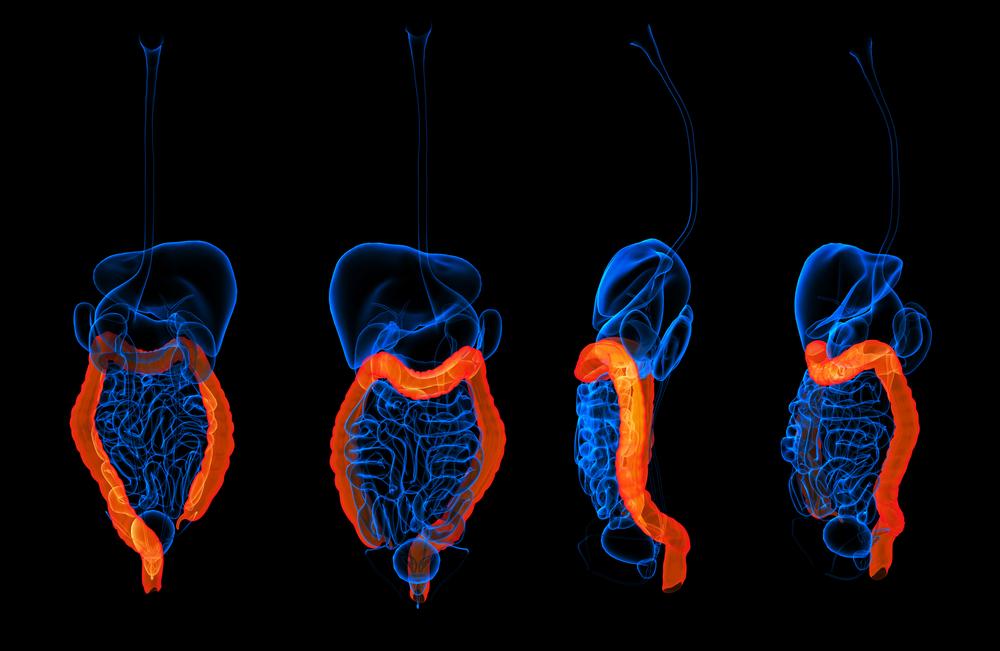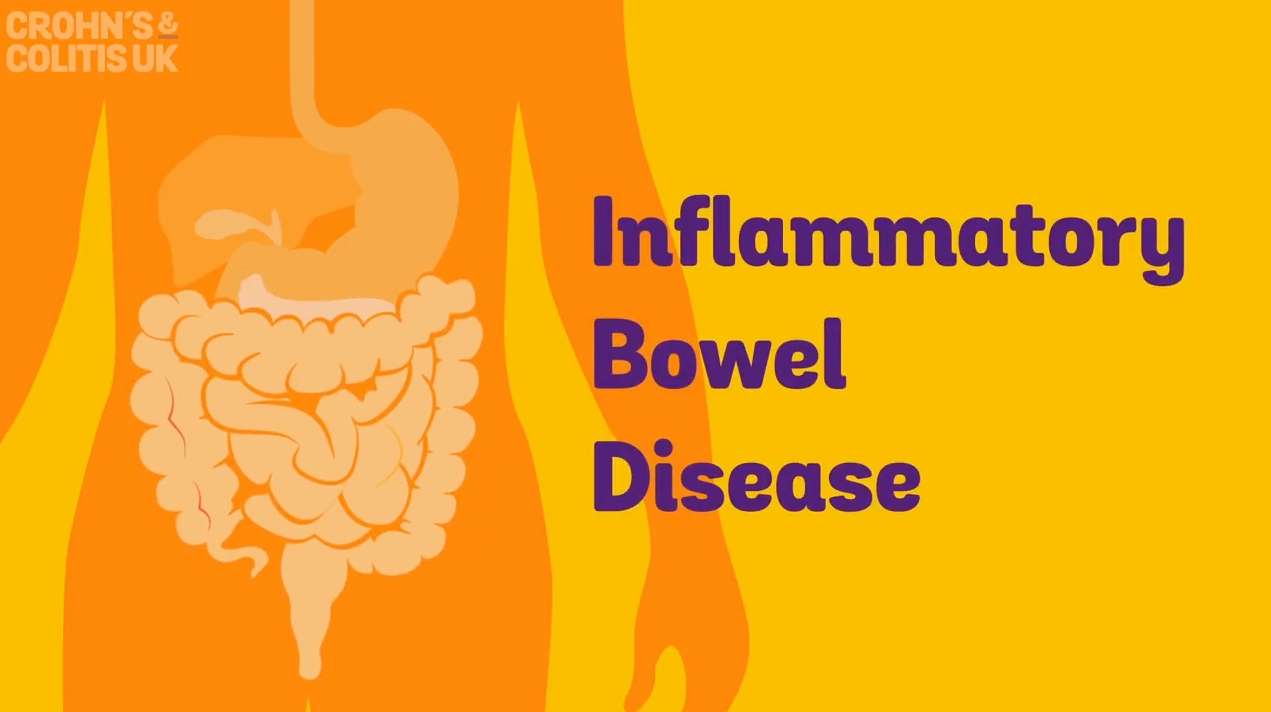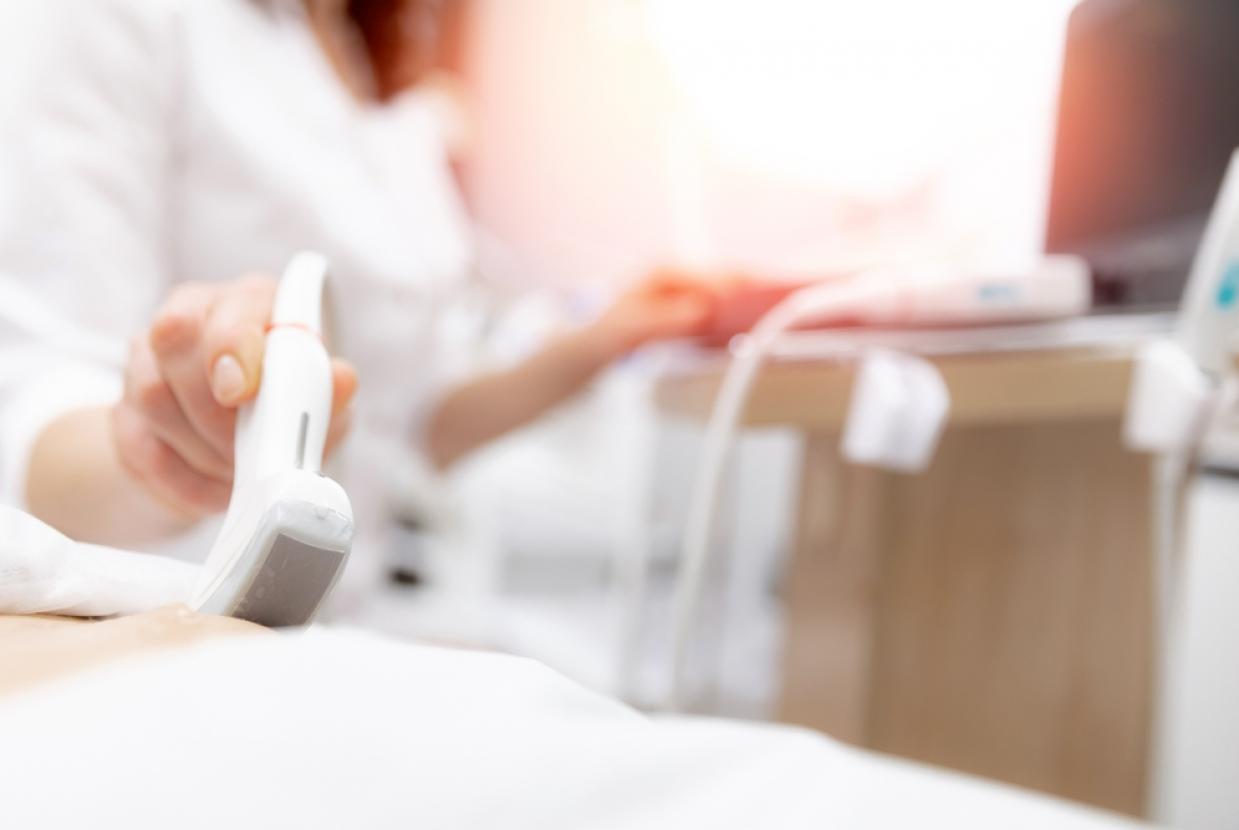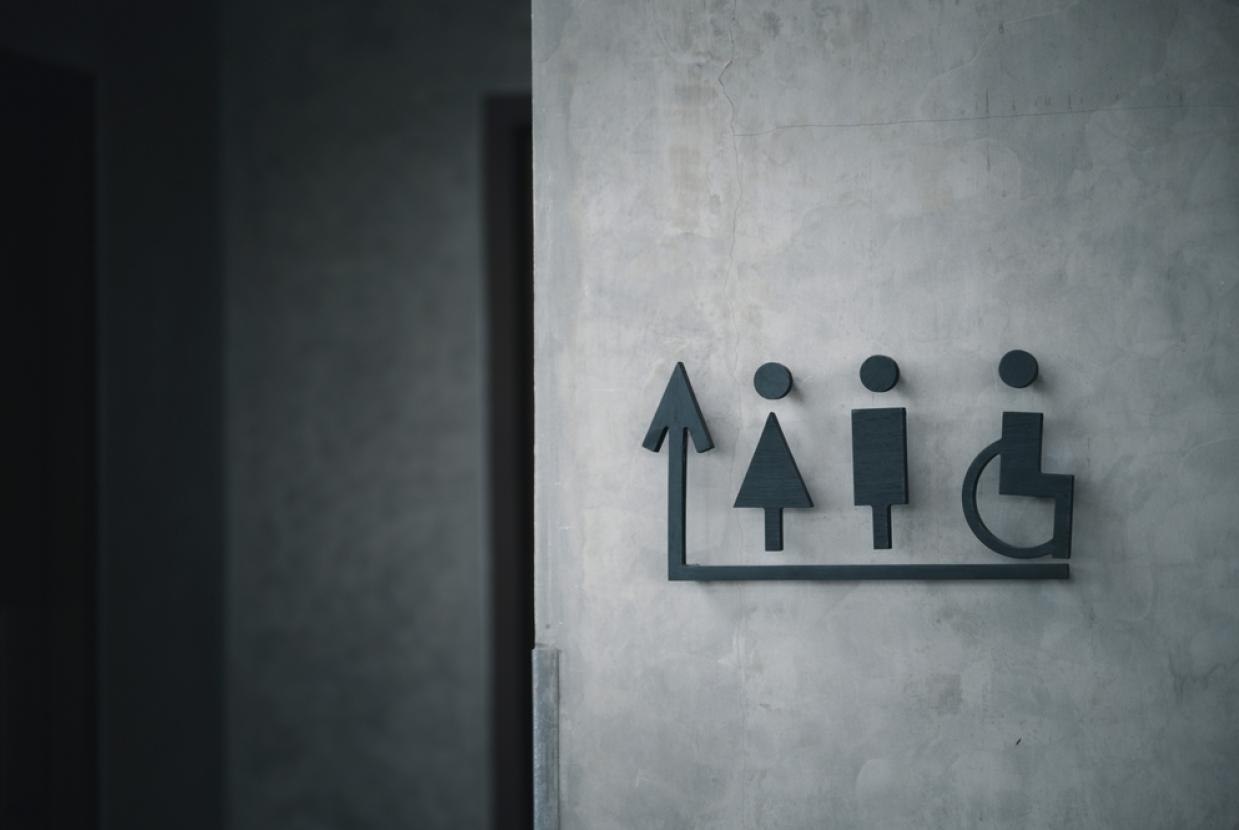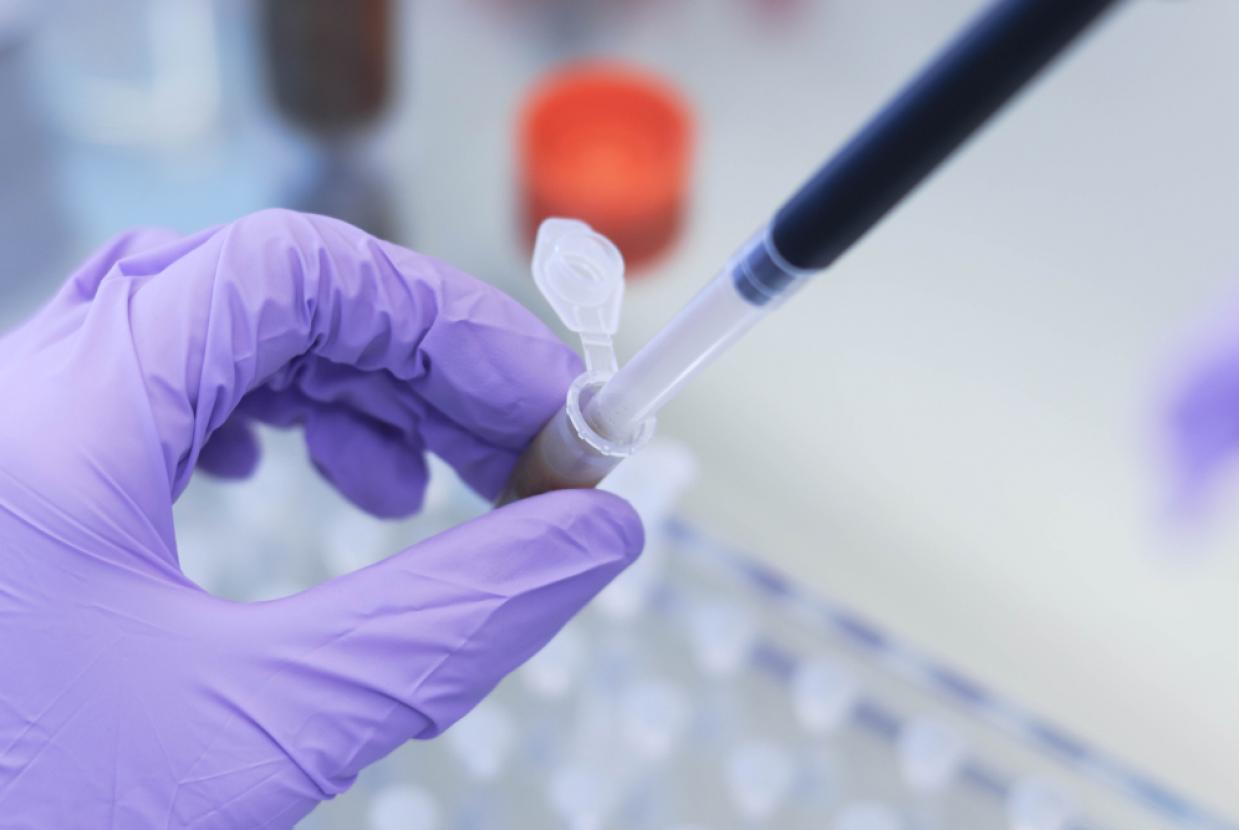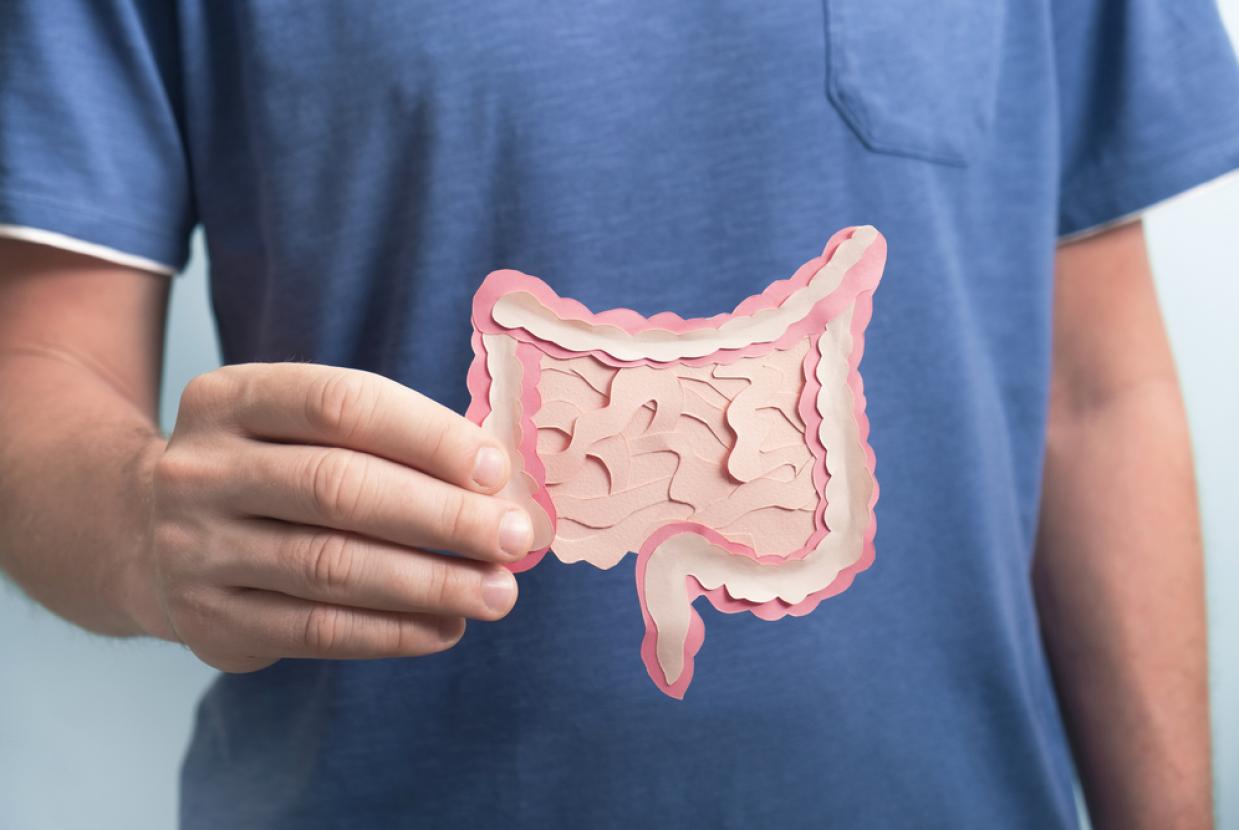Diagnosing Crohn's Disease
There is no single test that can be used to confirm or disprove a diagnosis of Crohn's disease. Therefore, you will have to have a series of tests before a confident diagnosis can be made. This will help rule out other possible causes of your symptoms, such as ulcerative colitis (a condition that causes inflammation of the colon).
Initial assessment
During your initial assessment, it is likely that your GP will ask you about the pattern of your symptoms and check whether there may be any contributing causes such as:
- diet
- recent travel (for example, you may have picked up travellers' diarrhoea' while travelling abroad)
- whether you are taking any medication, including over-the-counter (OTC) medication
- whether you have a family history of Crohn's disease
Your GP may also perform a series of standard tests to assess your general state of health. For example, they may:
- check your pulse
- give you blood pressure tests
- measure your weight and height
- measure your temperature
- perform a physical examination of your abdomen
Blood tests
The next stage of the diagnosis is to refer you for a series of blood tests. Blood tests can be used to assess a number of factors including:
- the levels of inflammation in your body
- whether you have an infection
- whether you have low levels of red blood cells (anaemia), which could suggest that you are malnourished
Stool sample
You may be asked to provide a sample of your faeces (stool) for testing. The stool sample can be checked for the presence of blood and mucus. It can also be used to determine whether your symptoms are being caused by a parasite infection, such as roundworm.
Colonoscopy
A colonoscopy is a test that is used to examine the inside of your colon. It involves inserting a long flexible tube, known as an endoscope, into your rectum (back passage) and up into your colon. The endoscope has a light and a camera on the end.
The camera relays images to a video screen, allowing the level and extent of inflammation inside your colon to be assessed. The endoscope can also be fitted with various surgical tools that can be used to take a number of small tissue samples from different sections of your digestive system. This is known as a biopsy. The procedure may feel uncomfortable but it is not painful.
The tissue samples that are taken during the biopsy will be examined under a microscope for the distinctive cell changes that are known to occur in cases of Crohn's disease.
Small bowel enema (SBE)
A small bowel enema (SBE) is a test to examine the inside of the small intestine, usually at the point where it meets the colon. This area cannot be seen using a colonoscopy.
During a SBE, a local anaesthetic spray will be used to numb the inside of your nose and throat. A tube will then be passed down your nose and into your throat, before being threaded into your small intestines. This can feel unpleasant at first, but most people find that they get used to the sensation after a few minutes.
A liquid, called barium, is then passed down the tube. The barium coats the lining of your small intestines, helping them to show up on X-rays.
A series of X-ray images is then taken. The X-rays can often highlight areas of narrowing and inflammation that have been caused by Crohn's disease.
After the test, you will be advised to drink plenty of fluid to help wash the barium out of your body. You may notice that your stools are whiter than usual for the first few days after having an SBE. This is perfectly normal and it is nothing to worry about.
Further testing
Further testing is only usually required if the results of the above tests are inconclusive, or if it is thought you may have developed complications, such as a blockage in your colon or an abscess (a pus-filled cavity).
Tests that you may have include:
- a computerised tomography (CT) scan, where several X-rays are taken and then assembled together by computer to create a more detailed image
- a magnetic resonance imaging (MRI) scan, which uses magnetic field and radio waves to produce detailed images of the inside of your body
- a wireless capsule endoscopy
A wireless capsule endoscopy is a new type of test. It involves swallowing a small capsule that is about the size of a typical headache tablet. The capsule will work its way down to your small intestines where it will transmit images wirelessly to a computer.
A few days after the test, the capsule will be passed out of your body when you are passing a stool. The capsule is designed to be disposable so you do not have to worry about retrieving it from your stools.











